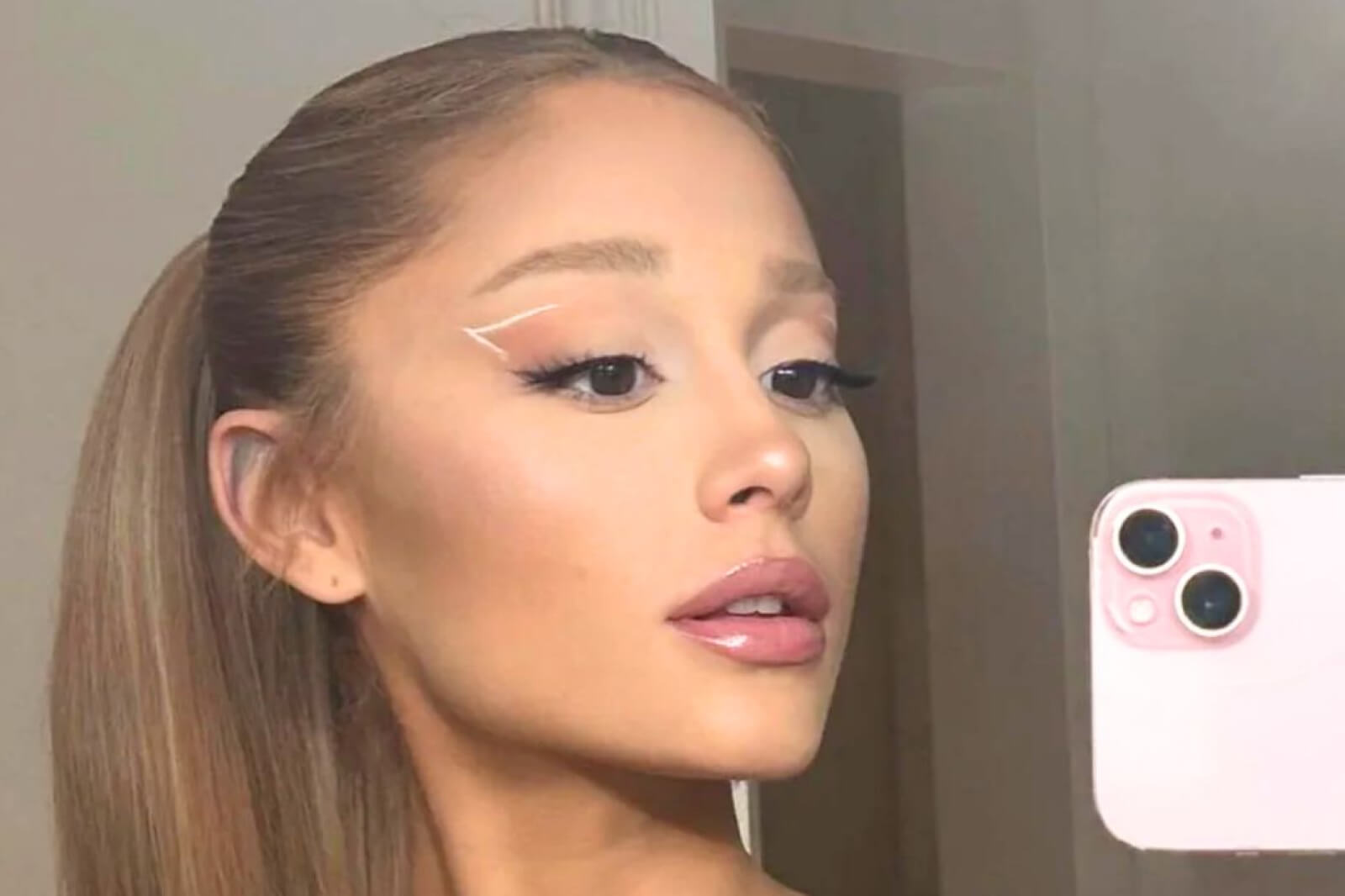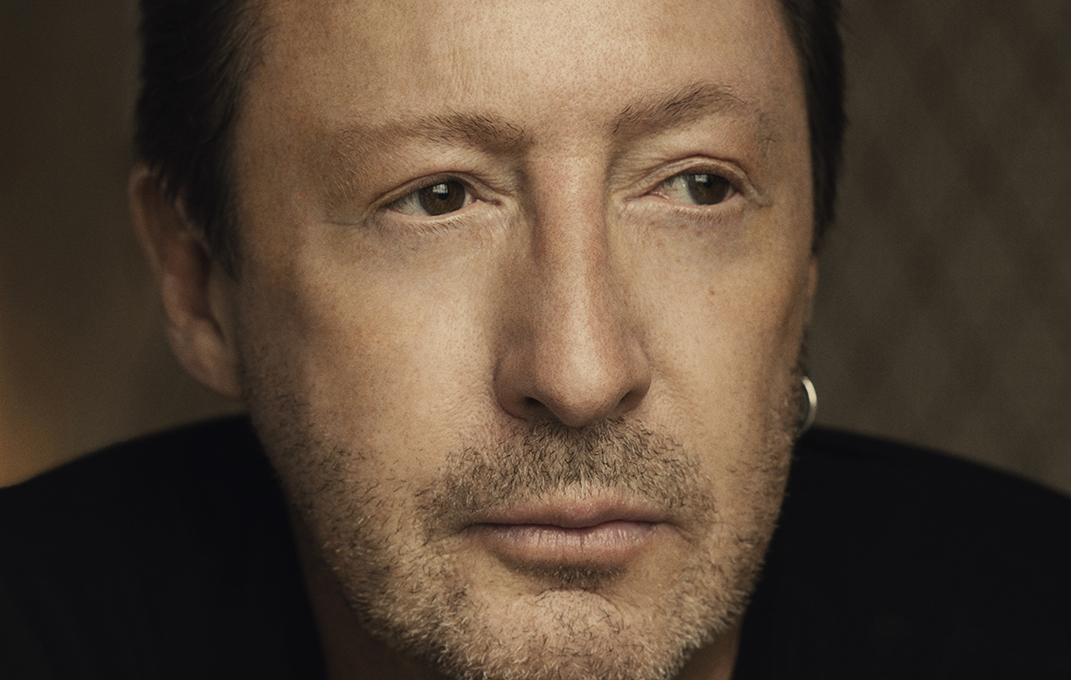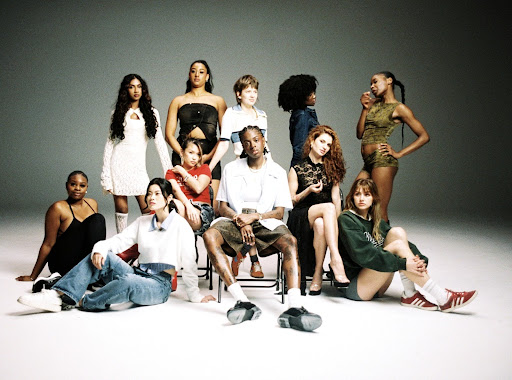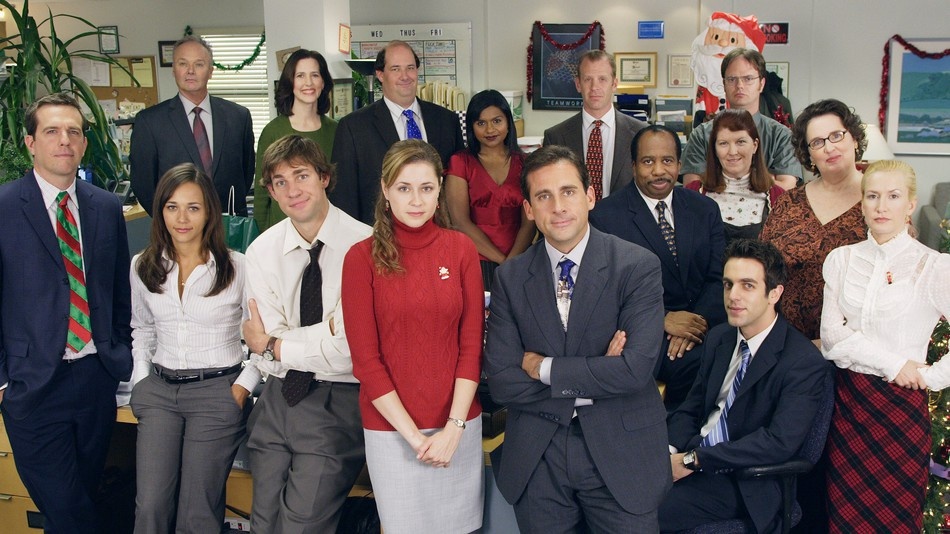
Quarantine: when jobs have either been lost or relegated to the living room, wherein social functions are limited to Zoom, wherein the 24-hours in a day can really be felt.
With less to physically fill the time, the time remains unfilled. Fortunately, sequestered humans have never had such a bevy of entertainment options available to them. But that kind of freedom can be paralyzing. Never has there been a better time for binge-watching, but what are we to binge? And how?
Since all this free-time demands discipline, here’s an unconventional suggestion: Pick one of the all-time great shows, something you’ve always wanted to watch but couldn’t find the motivation nor time to do so, and start not at the beginning, but at season three instead. Whether it’s a comedy or a drama or simply something you’ve put off watching because the plot is too involved or the show is too hyped, ignore the first two seasons entirely, and fall into a world that’s already in motion. Using our knowledge of television in general, and by tapping into the cultural conversation of characters and references, we can spare ourselves the slow starts of seasons one and two, and get right to the meat of the matter. Why sit around waiting for a show to find itself? Why settle for less than the best?
First seasons are often uneven or uncertain, anyway. Second seasons are often better and more compelling, but shows that make it to season three emerge with a clear tone and complete characters: two necessities for any show with long-term success.
Examples abound of shows finding themselves in their third seasons. Arguably, the greatest comedies of the 21st century are The Office and Parks and Recreation, though contenders such as It’s Always Sunny in Philadelphia and Curb Your Enthusiasm are important to the discussion, as well. As for dramatic examples, look to the Olympic podium of TV’s Golden Era: Breaking Bad, Game of Thrones, and Mad Men.
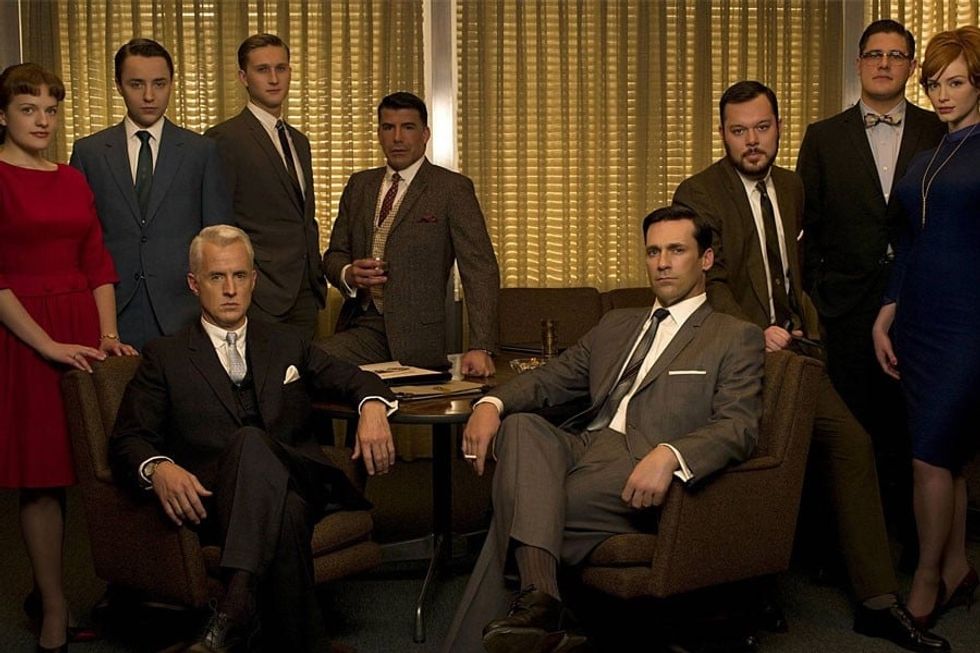
A weighted-review aggregation site like Metacritic is not the law, but it is useful. The numbers almost universally favor third seasons and beyond. Parks and Rec improves in score from a 58 in season one to an 83 in season three, a change signifying an ascension from “mixed or average reviews” to “Universal Acclaim,” in the critics’ words. The Office’s highest overall score is season three’s 85. Breaking Bad starts solidly with its first two season garnering scores of 73 and 84, but in its final three earns marks of 89, 96, and 99, an unprecedented run of greatness. Game of Thrones‘ two highest marks of 91 and 94 are for seasons three and four, respectively. Mad Men is the lone outlier of the bunch, as its second season outscores its third by a single point. However, its fourth season, ruled a 92, is the series’ high-point. Why? Shows generally hit their strides in season three.
First, character development peaks at season three. First seasons tend to be myopic about their characters, hoping that closeness will lead viewers to love them. Season two is the experimentation room, wherein worlds shift, and season three is the fruit of that labor, with confident characters and expanded worlds.
By season three, the main characters have been poked and prodded for two full seasons, experimented on until their truest selves have been revealed. How? Conflict. Characters are made complete, in mold and mindset, through consistent conflict. They are built through what are essentially a series of thought experiments: How would x react if y? A byproduct of such conflict is a fleshing out of a show’s world. Conflict requires fresh subjects to be placed before a character, be they fresh faces, strange circumstances, or unfamiliar situations.
For instance, two of Parks and Rec’s most iconic characters, Ben Wyatt and Chris Traeger aren’t introduced until the very end of season two, where they immediately begin foiling Amy Poehler and Rashida Jones, the series leads. Breaking Bad’s first two seasons lack the series’ big bad, Gus Fring, creator of the fictional restaurant, Los Pollos Hermanos, the logo of which adorns the show’s most popular merchandise; yet, it’s only introduced in concept at the tail-end of the second season. The Office changes dramatically in season three, adding mainstay Andy Dwyer, flirting with a young Rashida Jones, and cementing Jim and Pam’s relationship, which was until then a typical will-they-won’t-they situation. Once resolved, it formed the literal backbone upon which the show is built.
Once they got together, Jim-and-Pam as a concept burst outside the confines of the show they were in, taking up real-estate in the general pop culture consciousness. The great shows, the all-timers, the ones you really should be watching in this quarantine time, share this Jungian trait. One doesn’t need to have watched Seinfeld to understand the terms “shrinkage” or “close-talker.” “We were on a break,” is just part of our dialect.
Though this principle doesn’t inform our viewing of many great shows, it does so with some of our touchstone comedies, like the aforementioned It’s Always Sunny in Philadelphia and Curb your Enthusiasm. Shows of this format don’t have one cohesive story pulling them along; it’s possible, if not normal, to jump around to the great episodes through seasons, without care for continuity. Once it’s known that the characters in Always Sunny are narcissists who work at a bar, it’s easy to understand any episode, to jump in without further background. Ditto Curb, where Larry David is culturally understood to be an off-putting schmuck, and that’s all one must know for maximum enjoyment.
Because the DNA of these two shows, and their dramatic brethren like Grey’s Anatomy and NCIS, is accessible via collective unconscious, we culturally understand that it’s unnecessary to sit and watch every single episode in a row. We know enough from our general human wanderings that we can skip the fluff and enjoy the standout performances and pieces, allowing superfluous details to slowly fill themselves in, as they always do.
Which of the truly great shows don’t also already exist in our cultural consciousness? Nobody goes in blind to any piece of art nowadays, so it’s hard to think of even one. Everyone knows Tony Soprano is a gangster in therapy. Lost takes place on an island post-plane crash. Jon Snow in Game of Thrones is a bastard, and if that isn’t abundantly clear, they’ll say it five or six times an episode.
No show is ever entered into truly blind. Between our bevy of previous cultural knowledge and the practice we’ve had in consuming other content en media res, it’s possible to spare ourselves the slog of shows when they’re just starting out. We’ve just never strayed from the unimaginative formula that shows are best began at the beginning. But that’s clinging to tradition alone. Shows in season three will contain characters at their most compelling, jokes at their most pointed, worlds at their most alive. The show itself will be easier to enjoy, and that enjoyment will come quicker. Is that not the point? Maximum enjoyment, minimum commitment.
And when it’s all over, when you love these people desperately and want so bad to live in their world for just a few minutes more, you can rejoice! For there are two more seasons for you to watch, saved, untouched. Their growing pains will seem quaint, their iffy characterizations cute. And the exercise alone will make you feel powerful, able to ground yourself in a world in movement.
- Season 5 ‘Arrested Development’ Holds on to its Better Years … ›
- “Trinkets” Proves Netflix Knows We Aren’t Paying Attention – Popdust ›
- “American Gods” Doesn’t Understand the Importance of Black … ›
- 5 shows return to TV this summer you won’t want to miss – Popdust ›
- Is Anyone Else Sick of Gus Fring in “Better Call Saul”? – Popdust ›
- Now You Can Stream Many of HBO’s Shows and Movies For Free – Popdust ›










